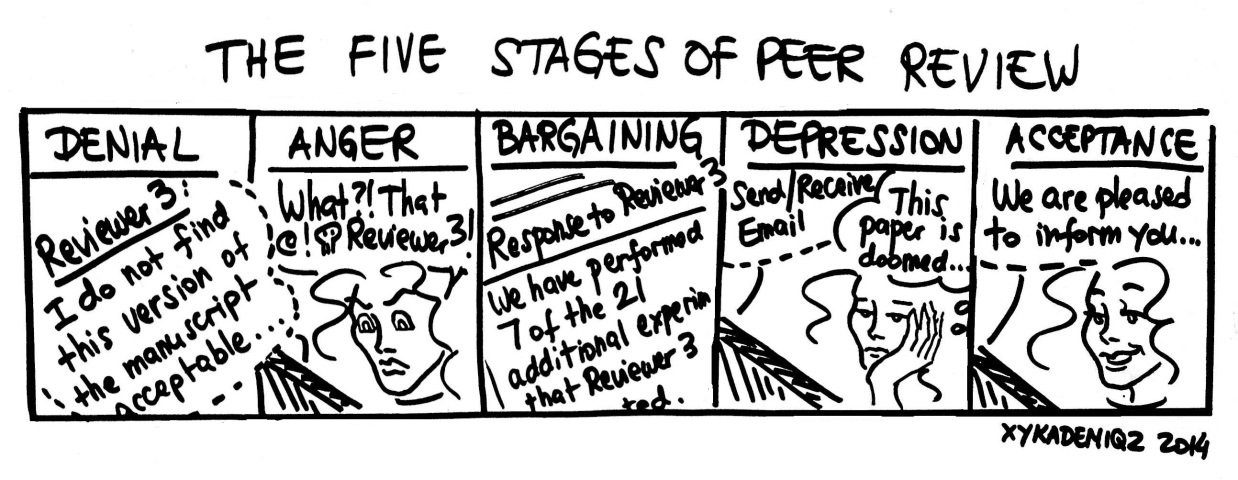Manipulating single atoms with an electron beam
/Our latest — and for me personally, thus far most important — work on single-atom manipulation, funded by the European Research Council (ERC) and the Austrian Science Fund (FWF), has now been published:
Electron-Beam Manipulation of Silicon Dopants in Graphene: Mukesh Tripathi, Andreas Mittelberger, Nicholas Pike, Clemens Mangler, Jannik C. Meyer, Matthieu Verstraete, Jani Kotakoski, and Toma Susi. Nano Letters Article ASAP, DOI: 10.1021/acs.nanolett.8b02406 (CC-BY).
You can read more about the work in our press release or the article itself, or watch a brief video that I made to highlight the results. The control we are able to achieve by essentially directing the electron beam by hand is already remarkable, and we have taken the first steps towards automation by detecting the jumps in real time. In total, we recorded nearly 300 controlled jumps, many times more and with better control than had been reported before.
Below the video I would like to discuss the journey of our manuscript into print, giving another glimpse behind the scientific curtain similar to my earlier posts (here and here).
Most of the data for the initial version of the manuscript was collected already in July, 2017, but sat for a while on my hard drive before writing them up. The first version of the results was posted on the physics preprint archive arXiv right before Christmas on December 23, 2017 (https://arxiv.org/abs/1712.08755v1). In that initial manuscript, most of the essential results were already reported, including the long manipulation path of 34 controlled jumps.
A little before that on October 25, 2017, our dear competitors at the Oak Ridge National Laboratory had posted a preprint showing how they had been able to move several nearby Si atoms by a few lattice sites (https://arxiv.org/abs/1710.09416v1). That was a nice small improvement over the first tentative steps we had published early that year, and they had subsequently replicated.
In the meanwhile, we submitted our new work for publication to Nature Nanotechnology. We managed to get past the editors, which is often the most difficult step in prestigious journals. When we finally received our reports on February 8, 2018, unfortunately only one of the three referees recommended publication due to concerns that it did not go sufficiently beyond what we had shown before (obviously, we disagree with that).
In the meanwhile, we had collected some additional data, and taking the feedback from our referees into account, revised our manuscript and uploaded an updated preprint to arXiv on February 26, 2018 (https://arxiv.org/abs/1712.08755v2). After pondering a bit where to resubmit, we settled on Nano Letters, a well-known and widely read journal in our field. Our revised article was submitted there on March 13, 2018.
On March 27, 2018, we received two referee reports. Both referees had significant criticisms, especially concerning the breadth and additional novelty of the work compared to our earlier studies, and the editor decided to decline publication. However, they had obviously read the manuscript, and encouraged us to resubmit a thoroughly revised and expanded version, which would be treated as a new submission.
It took us some time to collect the new data, including at another electron acceleration voltage, and to significantly revise our analyses to incorporate new simulations by collaborators in Belgium and Norway. After a couple of short extensions, we finally resubmitted on June 14, 2018. This time, our revised and expanded manuscript was deemed satisfactory, and after a small technical revision submitted on June 29, 2018, it was finally accepted.
This history and the decision of Nano Letters to treat our revision as a new submission are responsible for the very short turnaround time of our publication. In the meanwhile, the Oak Ridge group had submitted another version of their preprint to arXiv on May 22, 2018, where they had also added a longer manipulation path (https://arxiv.org/abs/1710.09416v2).
The race to extended multiatom structures is on!





